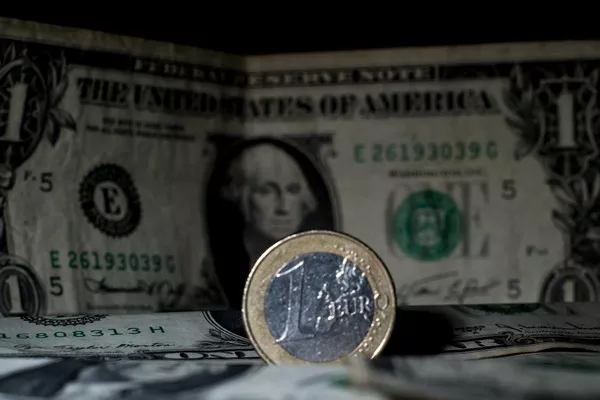In the vast landscape of currency, the 1 dollar coin stands as an intriguing and often elusive piece. While commonly used in many countries worldwide, the rarity of a 1 dollar coin can vary significantly depending on geographic location, historical context, and numismatic factors. This article aims to explore the complexities surrounding the rarity of the 1 dollar coin, shedding light on its scarcity and value in different regions and periods.
1. Historical Background:
To understand the rarity of the 1 dollar coin, it is crucial to delve into its historical roots. The concept of a 1 dollar coin dates back centuries, with various iterations and designs emerging across different nations. From early colonial times to modern minting practices, the production and circulation of 1 dollar coins have evolved significantly, leaving behind a rich numismatic legacy.
2. Geographic Disparities:
The rarity of a 1 dollar coin can differ substantially from country to country. In some nations, such as the United States, the 1 dollar bill has remained the primary form of currency, leading to limited production and circulation of its coin counterpart. Consequently, this makes the 1 dollar coin relatively rare in everyday transactions.
3. Mintage Figures and Collectability:
Mintage figures play a significant role in determining the rarity of any coin, including the 1 dollar coin. Limited mintage numbers contribute to increased rarity, making certain editions highly sought after by collectors. For instance, commemorative or special edition 1 dollar coins are often produced in smaller quantities, adding to their desirability and value.
4. Error Coins:
Mistakes during the minting process can result in the creation of error coins. These anomalies can range from minor imperfections to more significant errors that drastically affect the coin’s appearance. Error coins, including those in the 1 dollar denomination, are highly sought after by collectors due to their scarcity and uniqueness.
5. Condition and Grading:
The rarity of a 1 dollar coin is further influenced by its condition and grading. Most coins experience wear and tear over time, reducing their numismatic value. Uncirculated or near-perfect condition 1 dollar coins are rarer and command higher prices in the collector’s market.
6. Factors Affecting Rarity Over Time:
The rarity of a 1 dollar coin can fluctuate over time due to various factors. Changes in currency policies, shifts in consumer preferences, and the advent of digital payment systems can all impact the circulation and perception of 1 dollar coins. Additionally, the withdrawal of certain coin editions from circulation can contribute to increased rarity.
7. Notable Rare 1 Dollar Coins:
Throughout history, specific 1 dollar coins have gained fame for their rarity and exceptional value. Examples include the 1804 Silver Dollar, the 1893-S Morgan Dollar, and the 1933 Double Eagle. These coins are highly prized possessions among collectors and fetch astronomical prices at auctions.
8. Rarity vs. Value:
While rarity often correlates with value, it is essential to understand that rarity alone does not determine a coin’s worth. Other factors, such as demand, historical significance, condition, and overall desirability, come into play when assessing the value of a rare 1 dollar coin.
9. Other knowledge
The United States has a one-dollar coin called the “Sacagawea dollar” or the “Native American dollar.” It was first minted in 2000 and features a portrait of Sacagawea, a Native American woman who assisted the Lewis and Clark expedition. The coin is composed of a copper core with manganese brass plating.
In addition to the Sacagawea dollar, there have been other one-dollar coins issued in the past by the United States Mint. One notable example is the Eisenhower dollar, which was minted from 1971 to 1978 and featured President Dwight D. Eisenhower on the obverse side. Another example is the Susan B. Anthony dollar, minted from 1979 to 1981 and again in 1999. It depicted Susan B. Anthony, a prominent figure in the women’s suffrage movement.
While these one-dollar coins have been produced, they are not as commonly used in everyday transactions as the one-dollar bill. The popularity of paper currency over coins has limited the widespread circulation of one-dollar coins in the United States.
Conclusion:
The rarity of a 1 dollar coin is a multifaceted aspect that depends on geographical location, historical context, mintage figures, errors, condition, and grading. While some 1 dollar coins may be relatively common in everyday transactions, others exhibit immense scarcity and hold substantial value to collectors. Exploring the intricate world of 1 dollar coins allows us to appreciate the historical and cultural significance intertwined with these tiny but fascinating pieces of currency.


